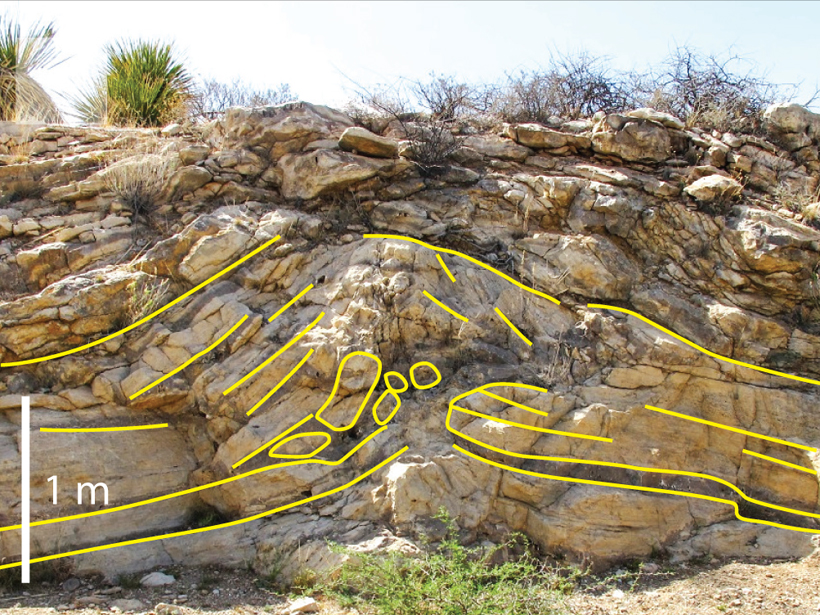Source: AGU Advances
The ocean is an important reservoir in the carbon cycle and presently is a sink for atmospheric carbon. The export of carbon(ate) from the ocean to the sediment depends on the ocean chemistry, which is influenced by, among other factors, tectonic events such as mountain building, and calcareous organisms that change and evolve over geological time scales. The exact balance of these fluxes controls the carbonate concentrations in the oceans and is recorded by seafloor sediments. Smith et al. [2021] provide an important contribution in understanding past ocean chemistry with the development of a new proxy for the carbonate chemistry from carbonate facies and sedimentary textures from arid coastal environments. They demonstrate that these proxies are consistent with a rapid expansion of calcifying organisms in the mid-Mesozoic. Notably, they demonstrate that these proxies are one of few that provide insight on ocean chemistry in deep time, as far back as the Precambrian.
Citation: Smith, B., Cantine, M., Bergmann, K., Ramos, E., Martindale, R., & Kerans, C. [2021]. Arid Coastal Carbonates and the Phanerozoic Record of Carbonate Chemistry. AGU Advances, 2, e2021AV000386. https://doi.org/10.1029/2021AV000386
—Vincent Salters, Editor, AGU Advances
Text © 2021. The authors. CC BY-NC-ND 3.0
Except where otherwise noted, images are subject to copyright. Any reuse without express permission from the copyright owner is prohibited.

